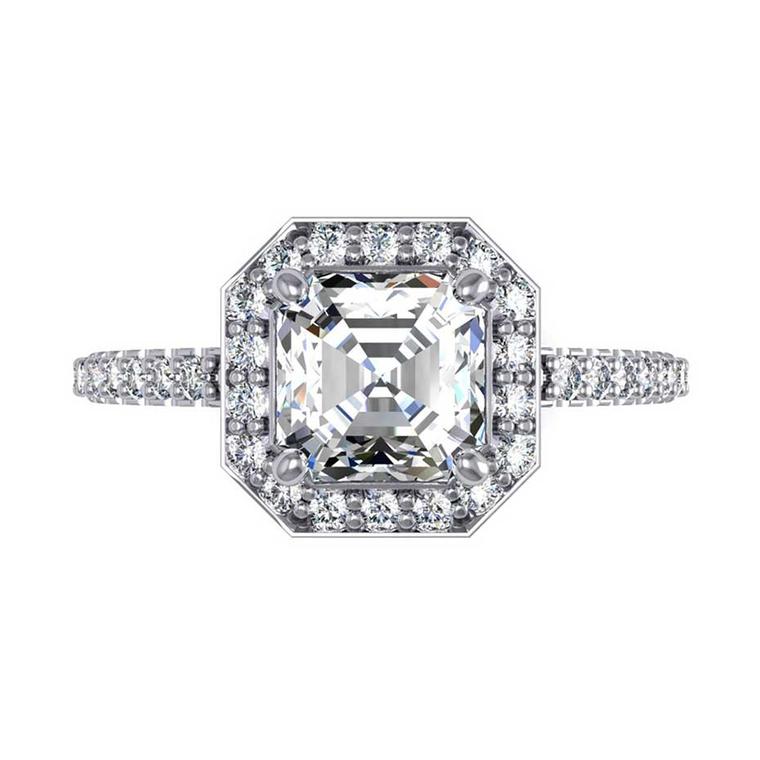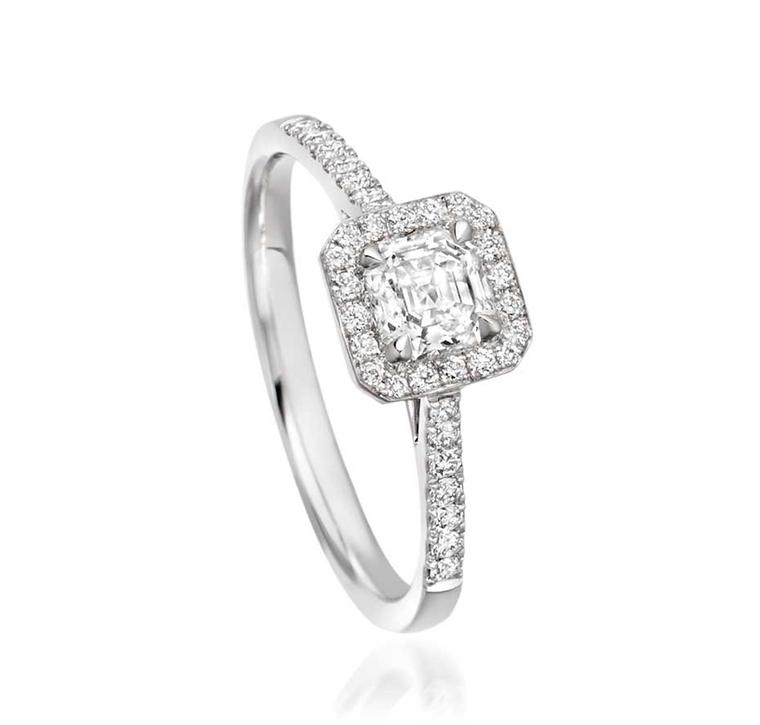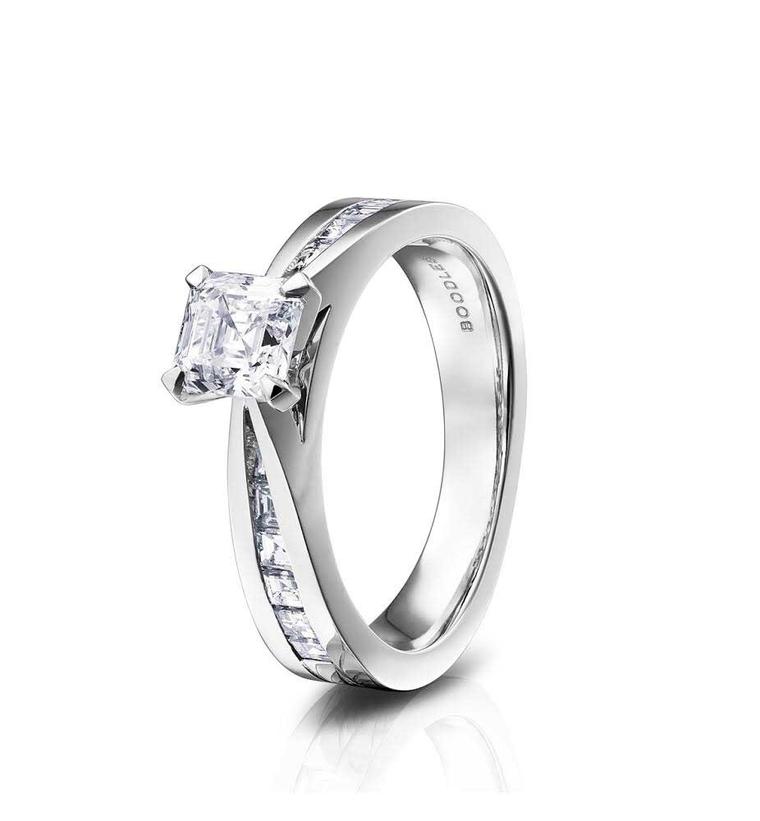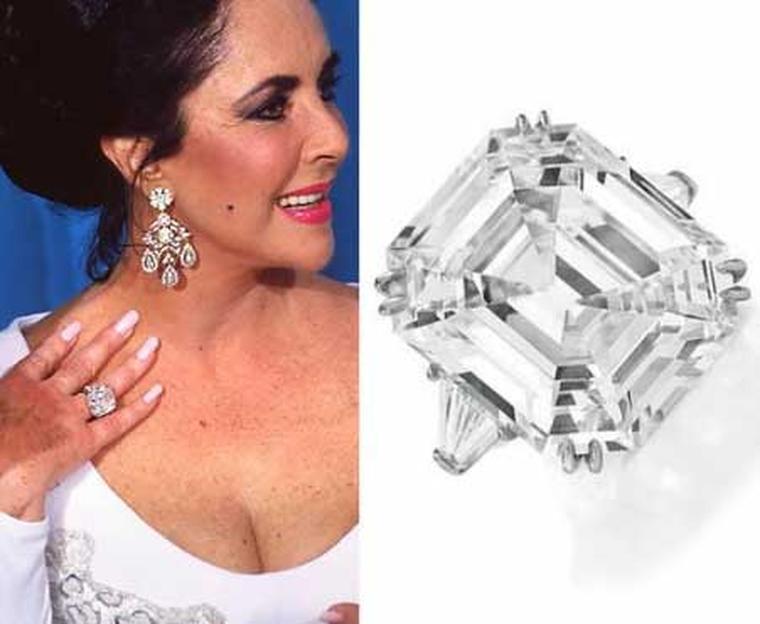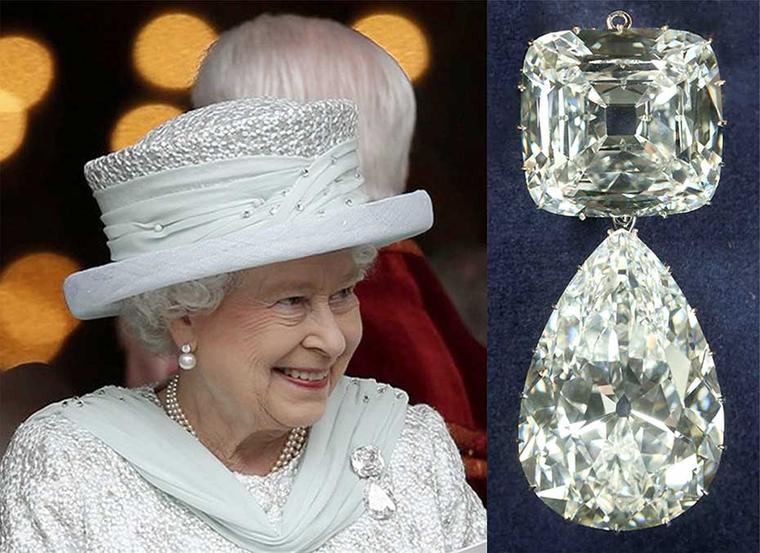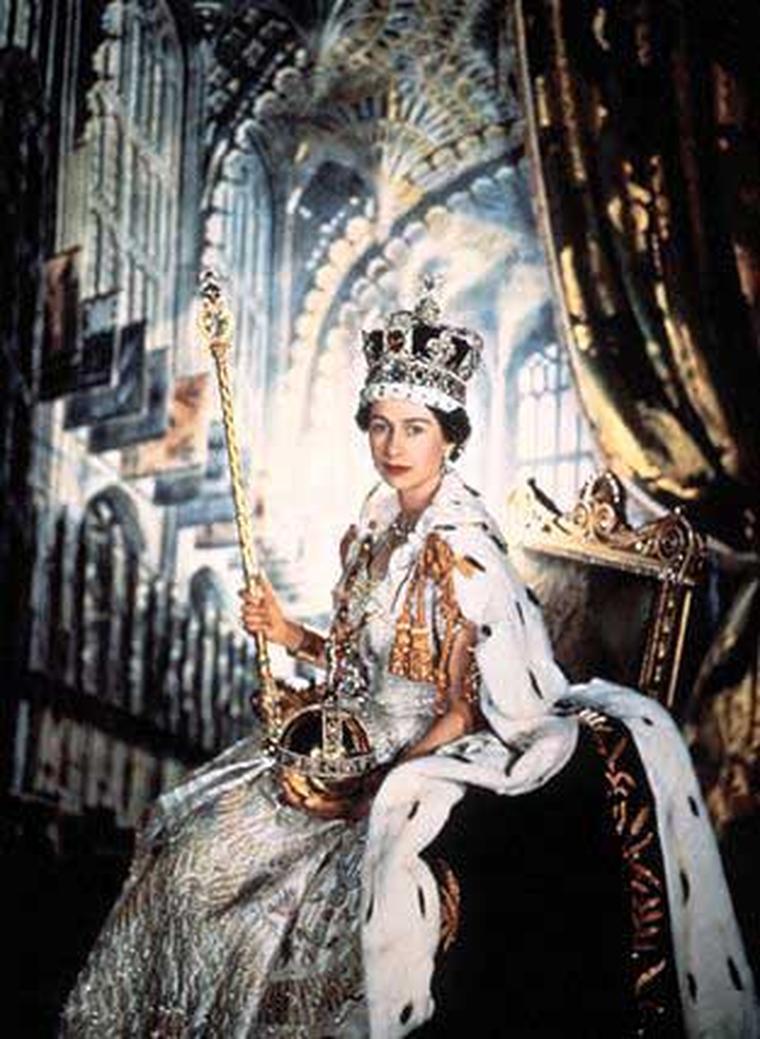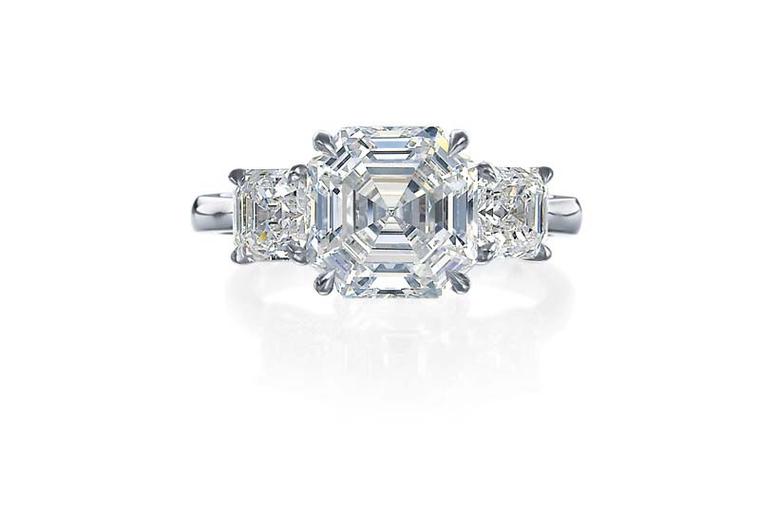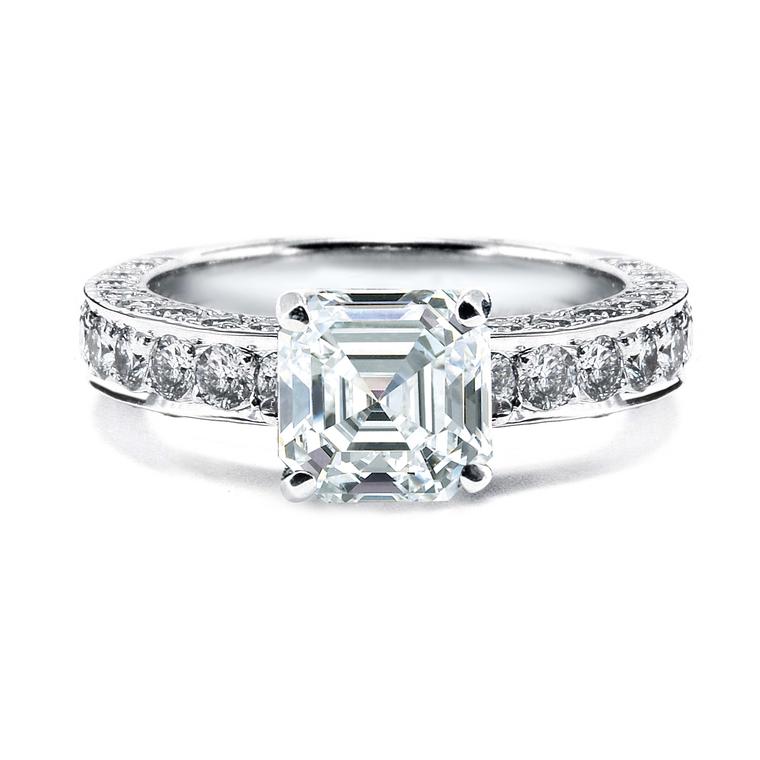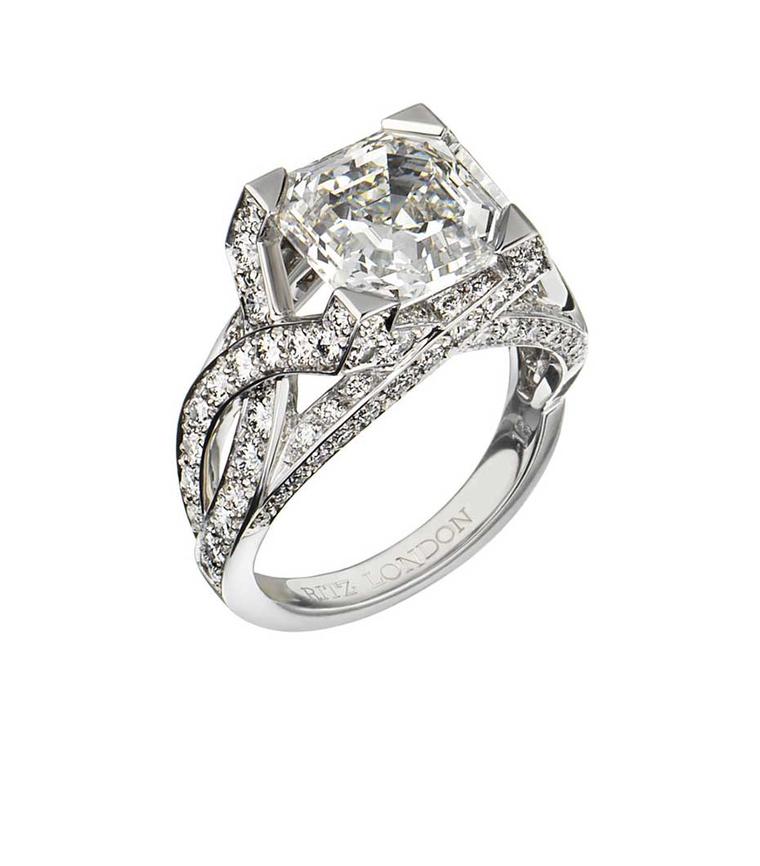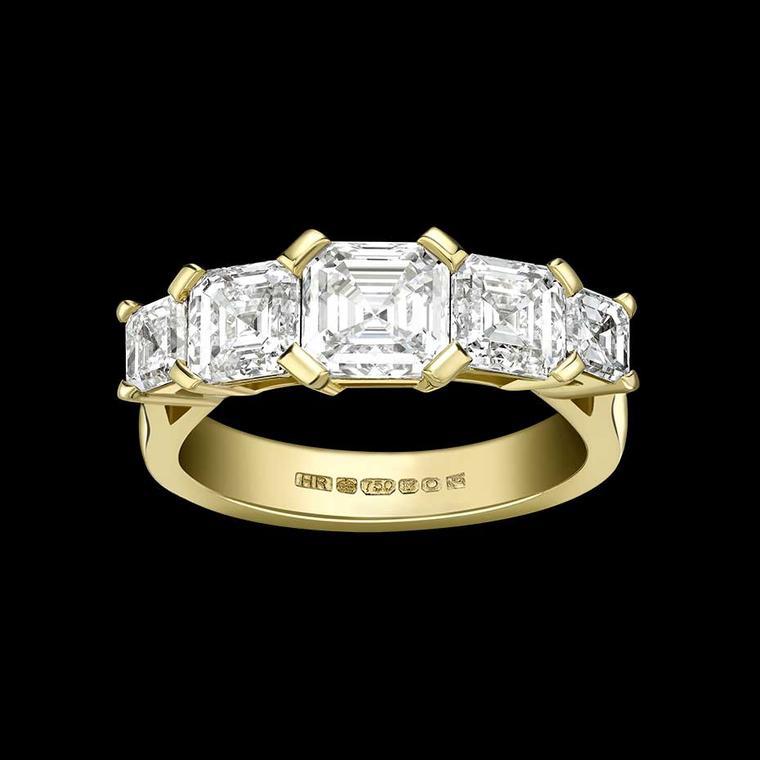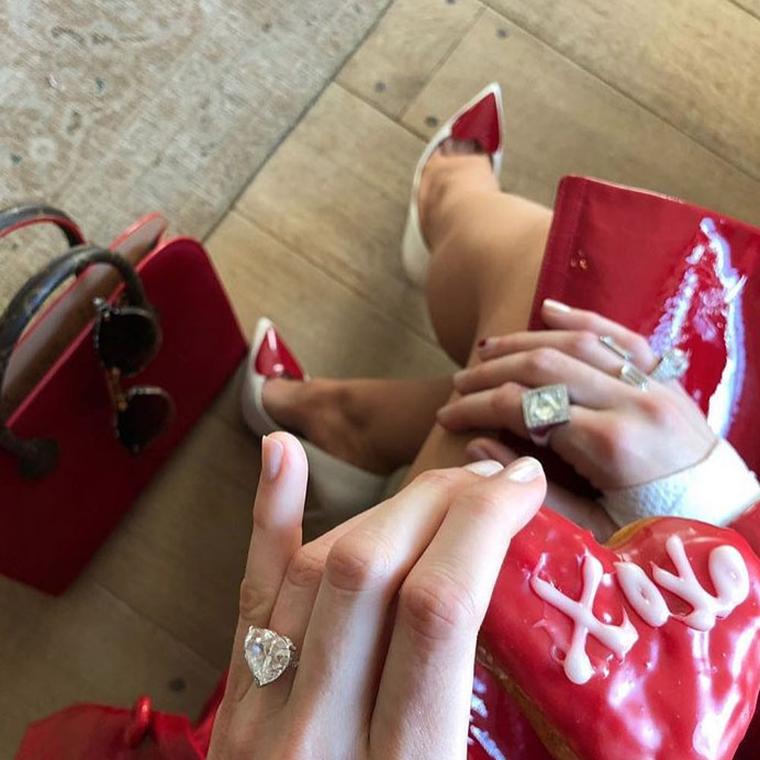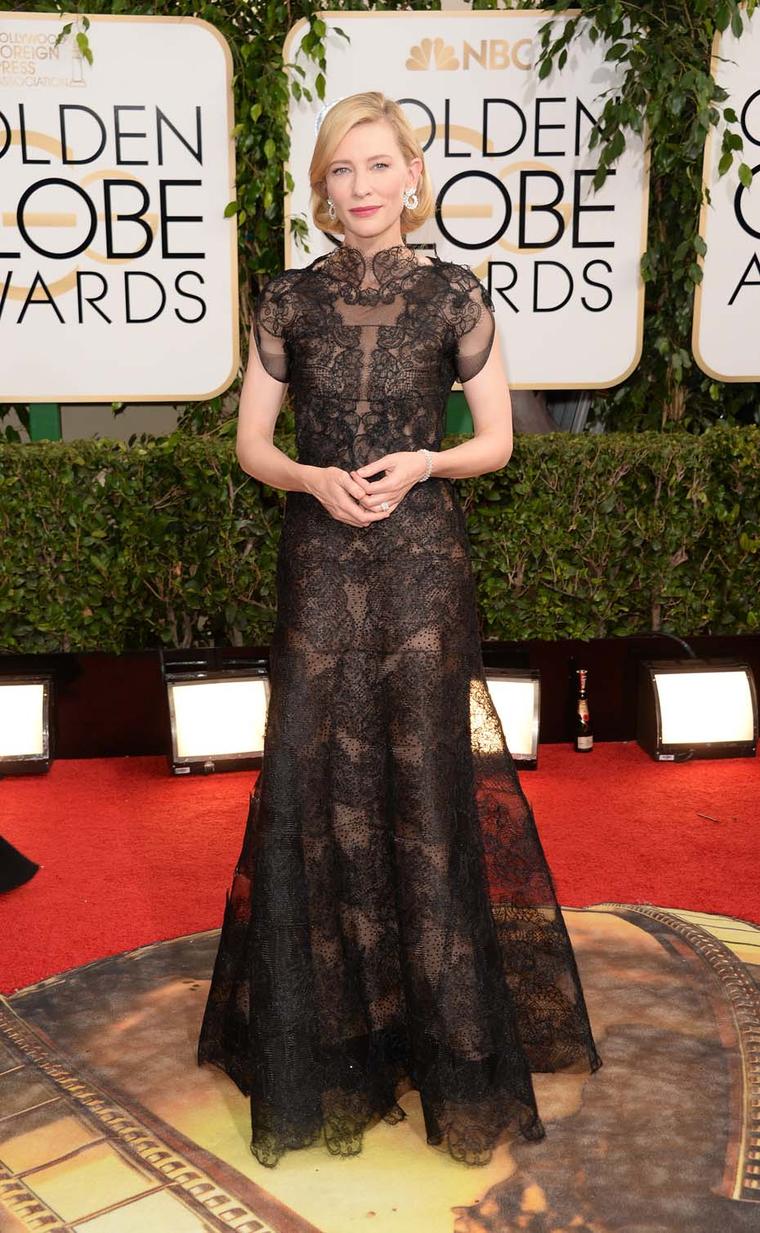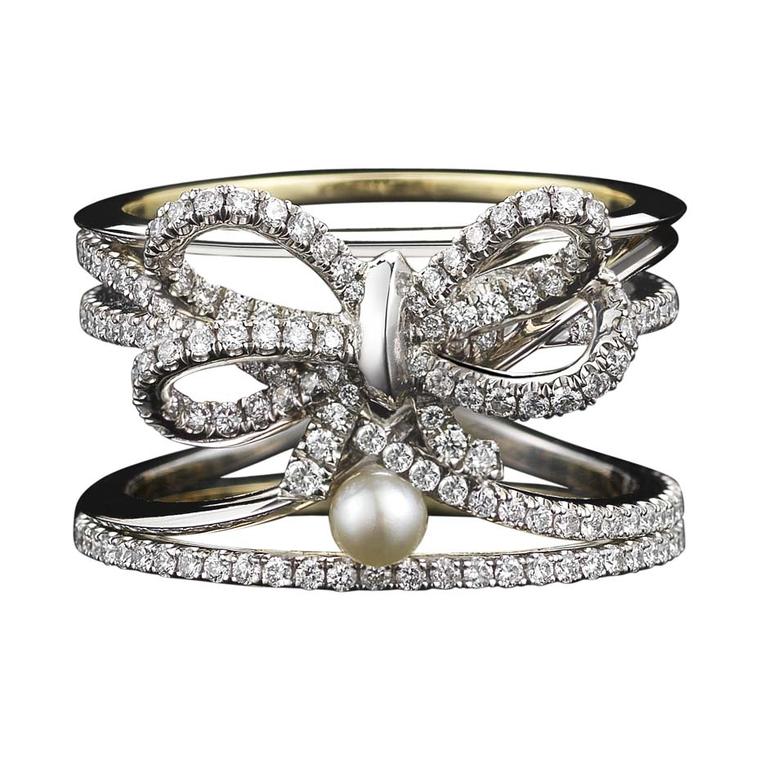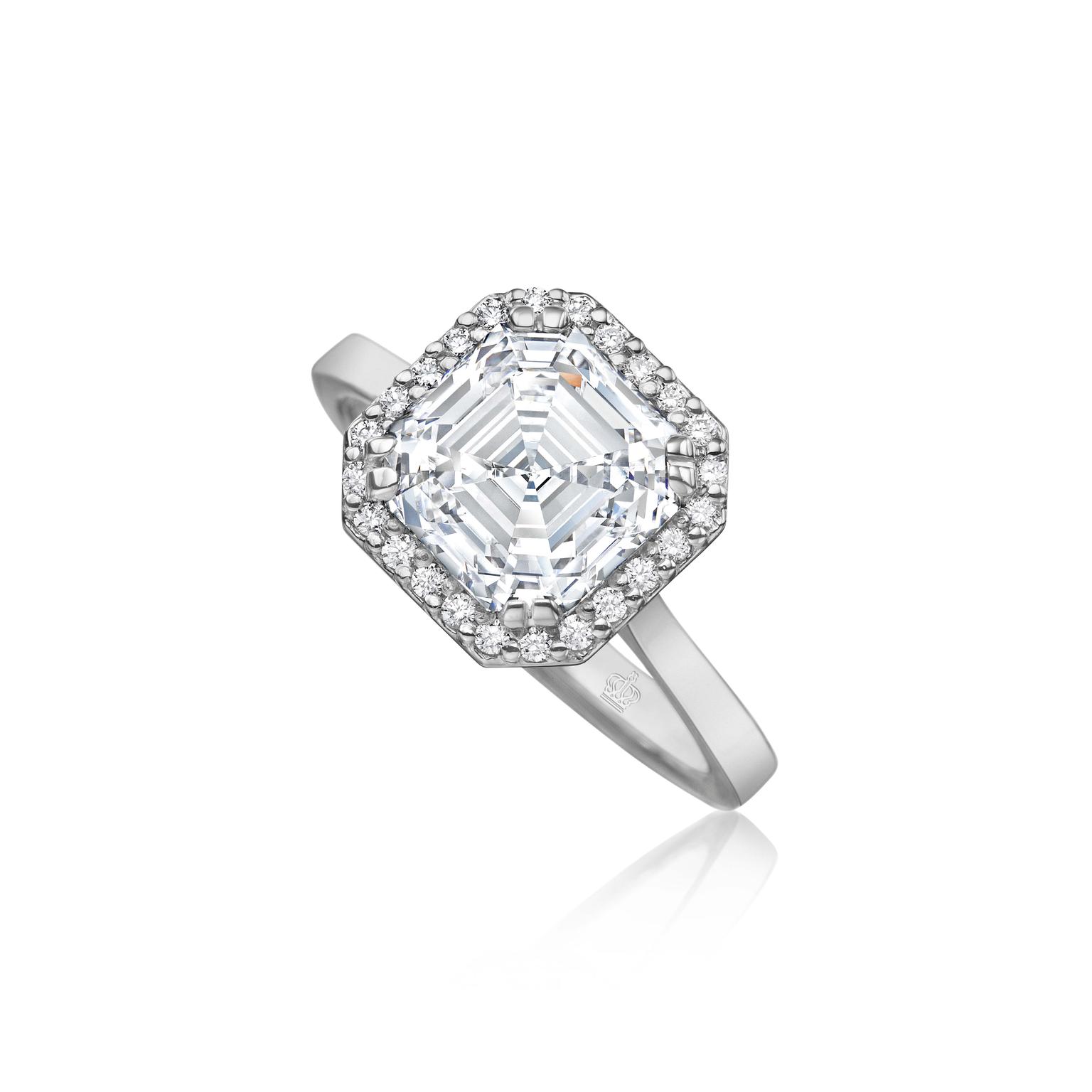
Reminiscent of old-world glamour, yet with a very modern edge, the Asscher cut has seen a renaissance in recent years. In fact, less than a decade ago the Asscher cut was virtually nonexistent. The fact that Asscher-cut engagement rings have graced the hands of Hollywood stars such as Gwyneth Paltrow and Jessica Alba, both known for their understated chic style, has no doubt contributed to its rise in popularity.
The most famous Asscher-cut diamond of them all was worn by screen legend Elizabeth Taylor. The 33.19-carat Krupp diamond - now more commonly known as the Elizabeth Taylor diamond - was bought for the actress by Richard Burton in 1968 for US $305,000.
The Asscher cut is named after its creator Joseph Asscher who developed it at the start the Art Deco movement in the early 20th century. As owner of the Amsterdam-based Asscher Diamond Company, Joseph was also commissioned by King Edward VII to cut the enormous 3,106-carat Cullinan diamond for the Crown Jewels. The company was later granted a royal title by the Queen of Holland and is today known as The Royal Asscher Diamond Company.
As the cut was never patented, over time "Asscher" became a universal term to describe a stepped square cut with 58 facets. To confuse matters further, Joseph's great grandsons, Edward and Joop Asscher, developed a successor to the original cut in 2001, called the Royal Asscher cut. They added another 16 facets, taking the total to 74, and each facet is carefully measured to ensure every diamond is perfectly symmetrical. Another important difference is that the Royal Asscher cut is patented to prevent other diamond companies from replicating the design.
With four cropped corners, the Asscher cut typically has a ratio of 1.00 to 1.05 while the long step-cut facets create a stunning "Hall of Mirrors" optical illusion when the diamond is viewed from above. It is important to bear in mind that step-cut diamonds, such as the emerald and Asscher cut have open tables that draw the eye into the centre of the stone and highlight any inclusions. It is therefore advisable to choose the highest quality diamond you can afford, with a minimum clarity of VS2, a colour no lower than G, and a good to excellent cut.
If you decide Asscher-cut engagement rings are for you, there is plenty of choice out there, from vintage and Art Deco inspired rings to more contemporary styles. The Boodles Asscher-cut engagement ring is a classic, elegant design with graduated princess-cut diamond shoulders tapering down from the central stone.
In the Sienna engagement ring by London-based Taylor and Hart, a diamond halo surrounds an Asscher-cut diamond on a white gold pavé band for an extra layer of sparkle.
For a truly timeless design look no further than the Astley Clarke Asscher-cut engagement ring, set with diamond pavé in a halo around the central stones and down the shoulders of the ring. The Trapeze and bullet-shaped diamond shoulders on the Lucie Campbell engagement ring lend it a sleek, luxurious feel.
Glamorous but never brash, Asscher-cut engagement rings are the perfect choice for girls who exude a sophisticated and confident style.


